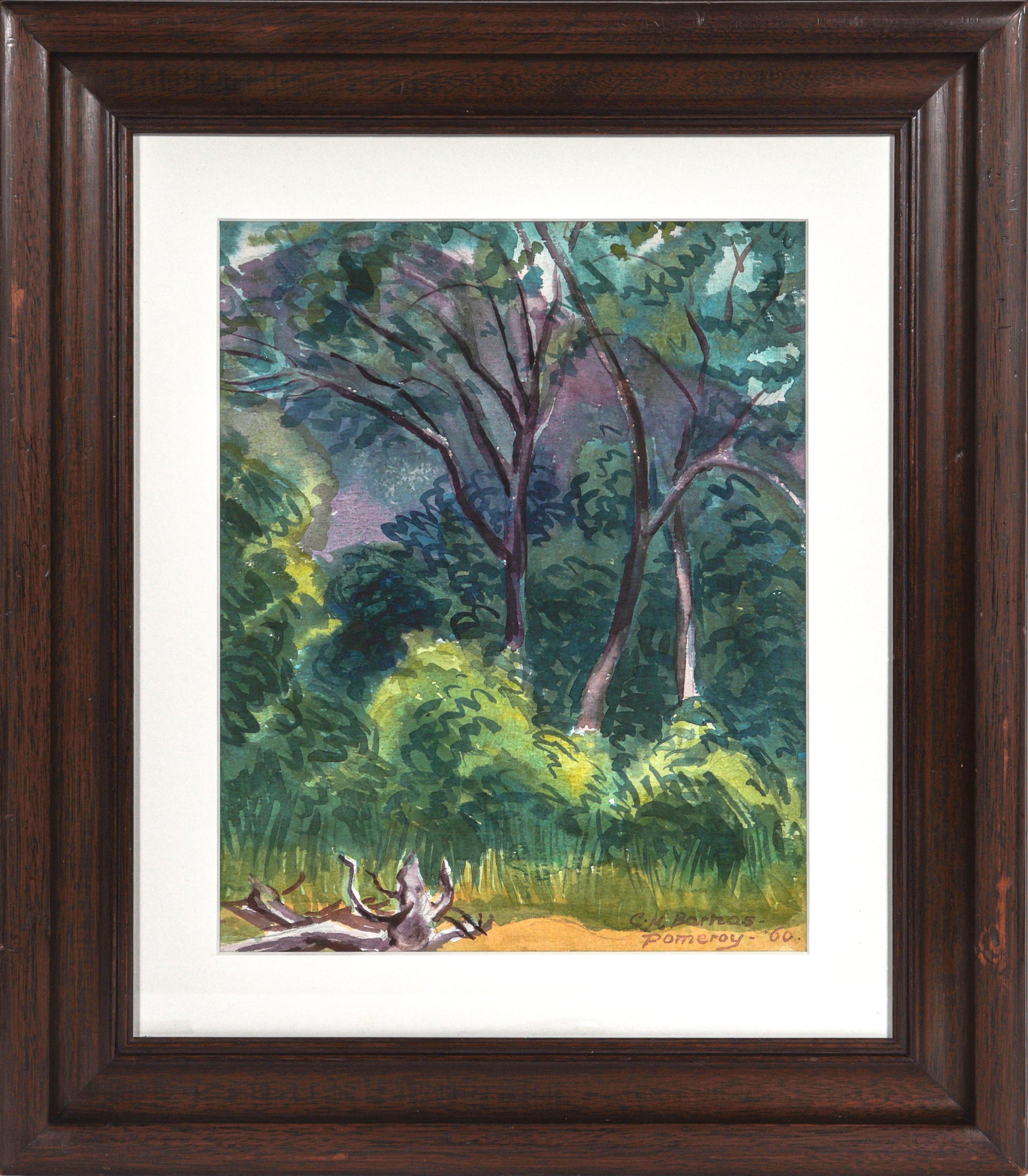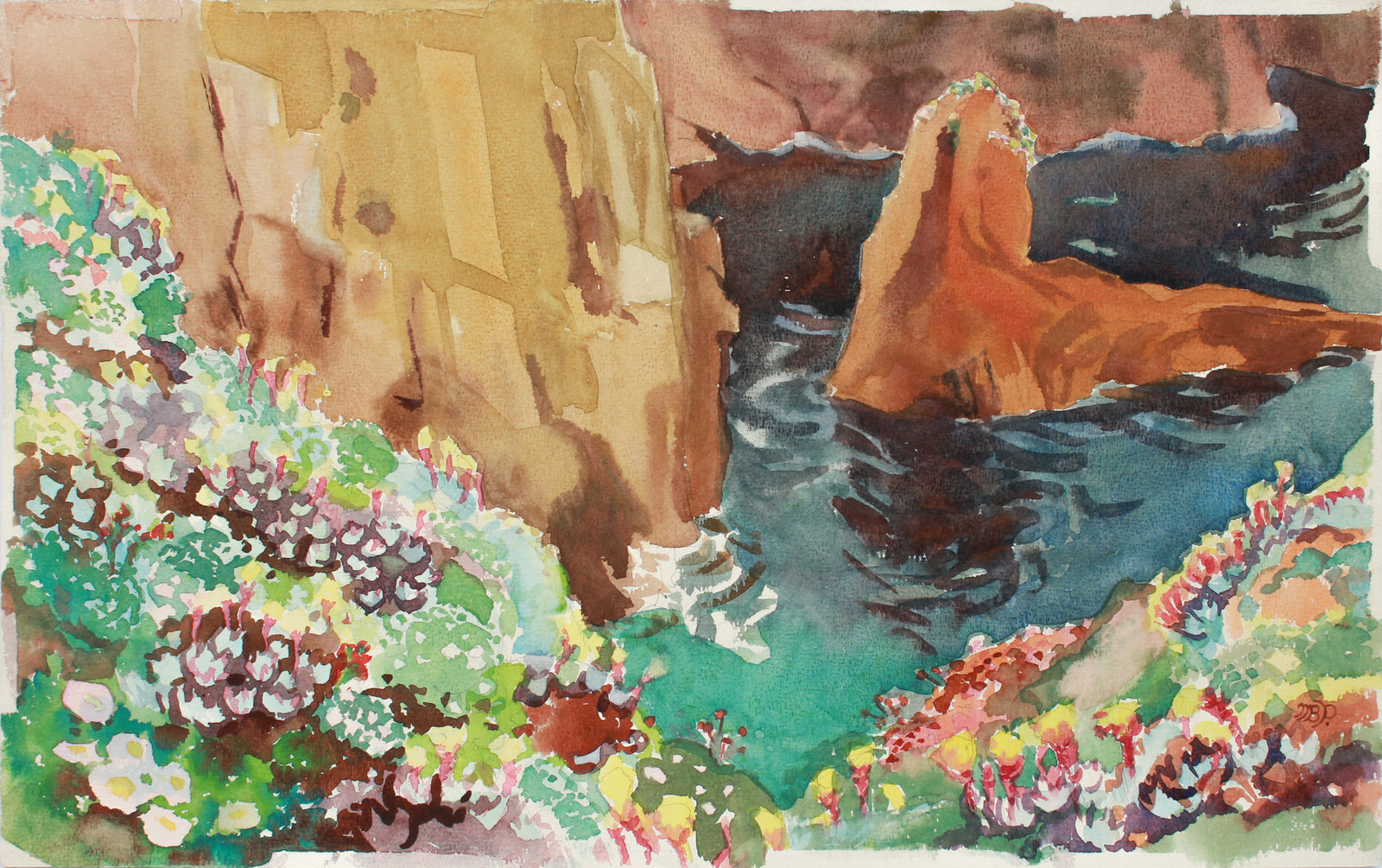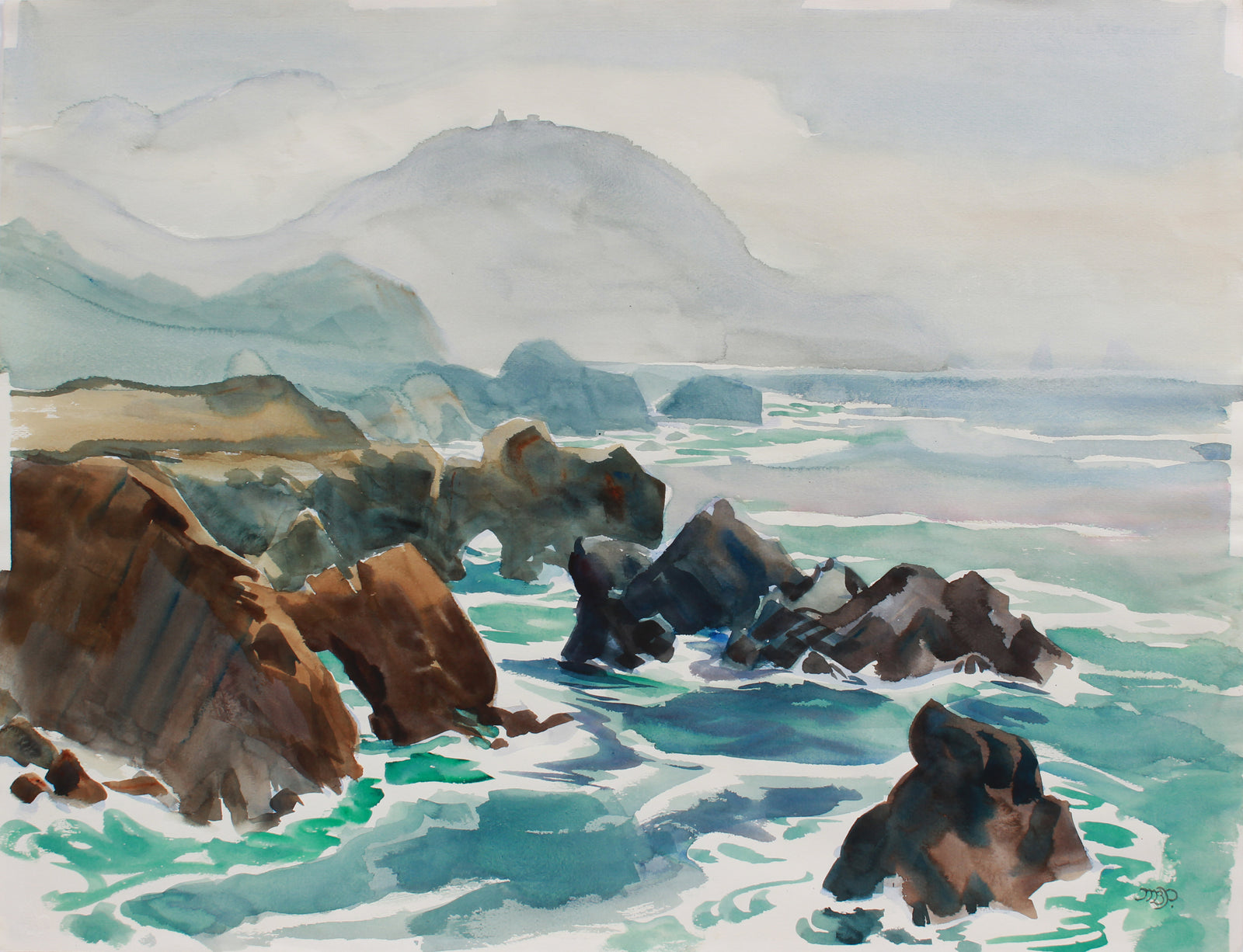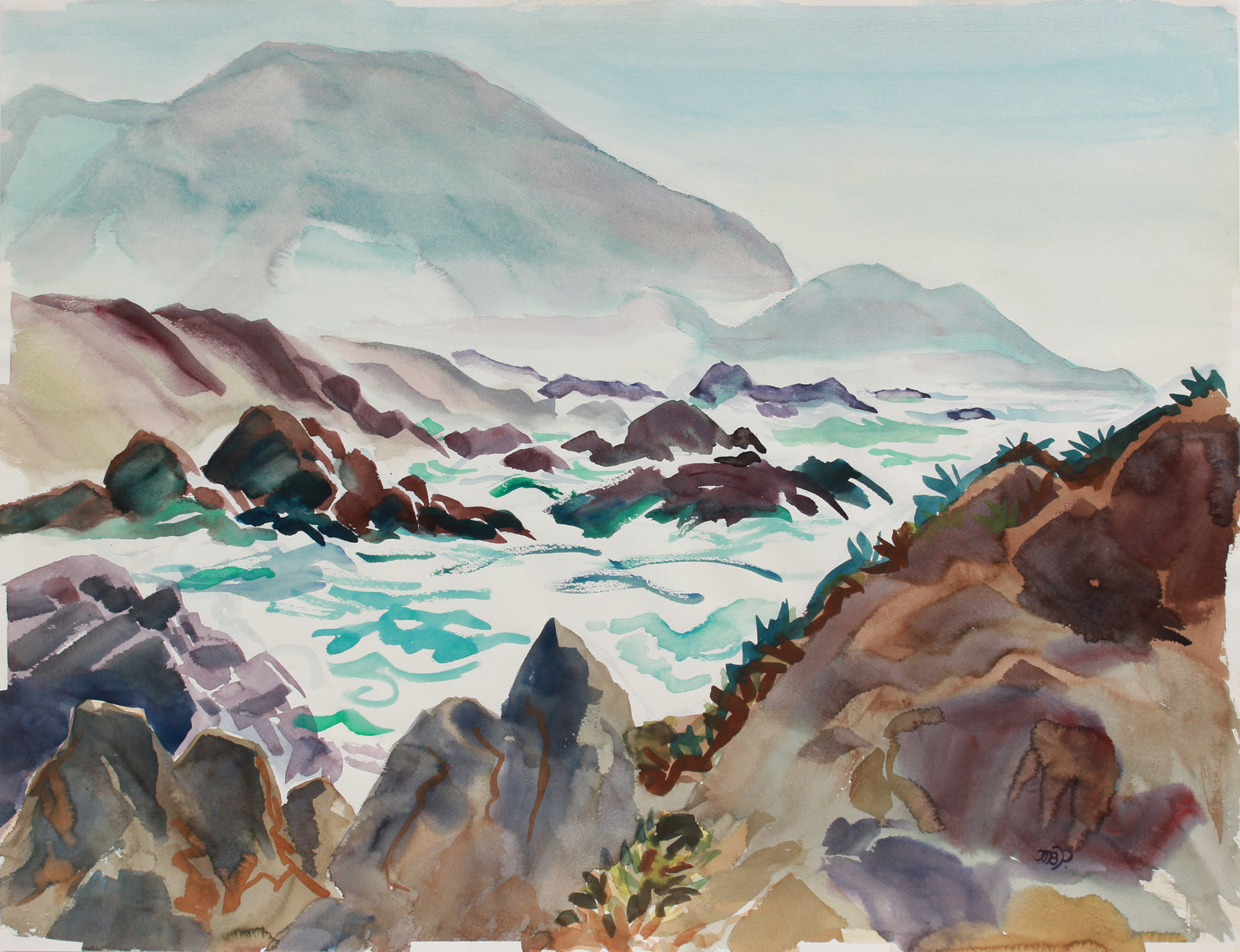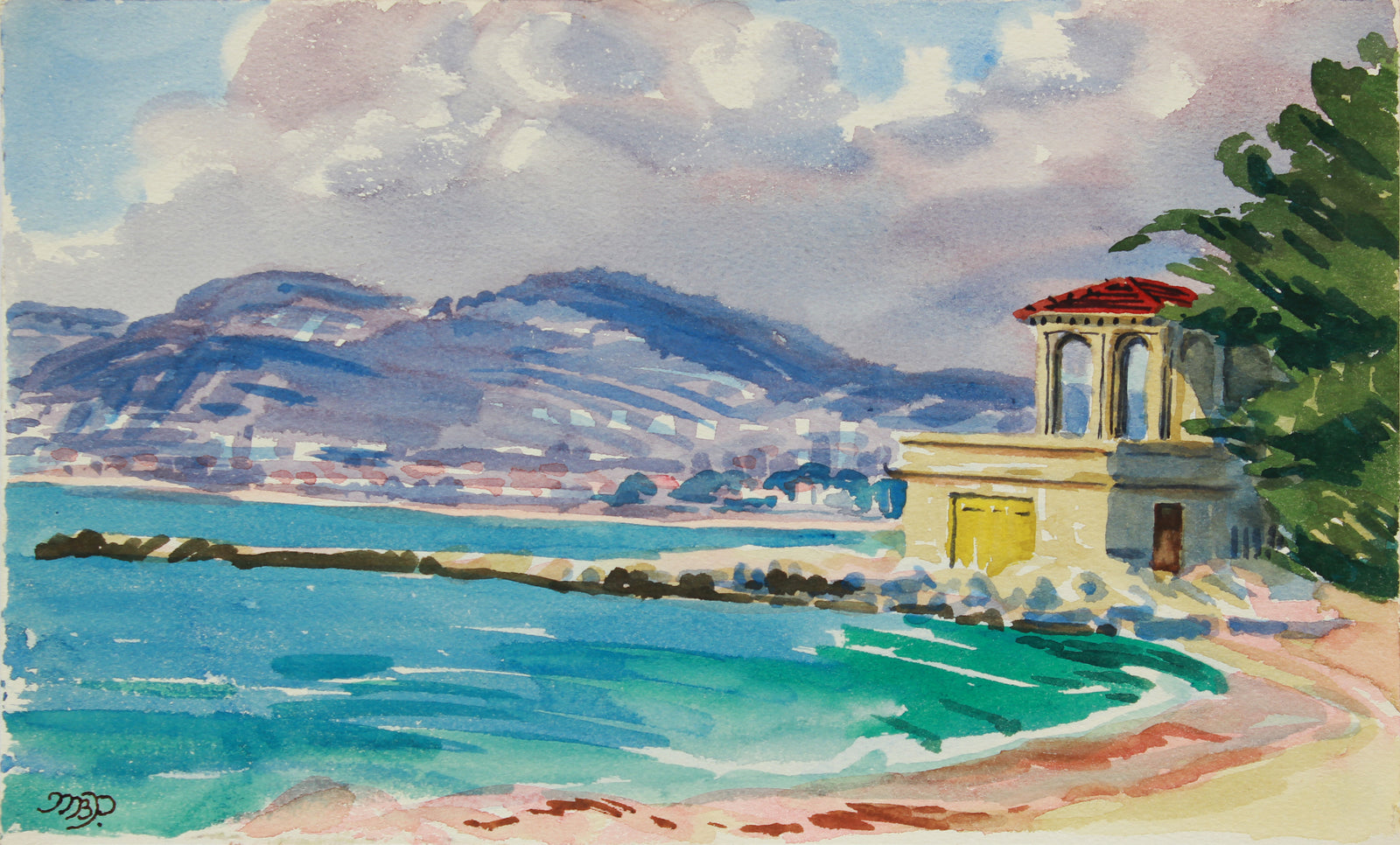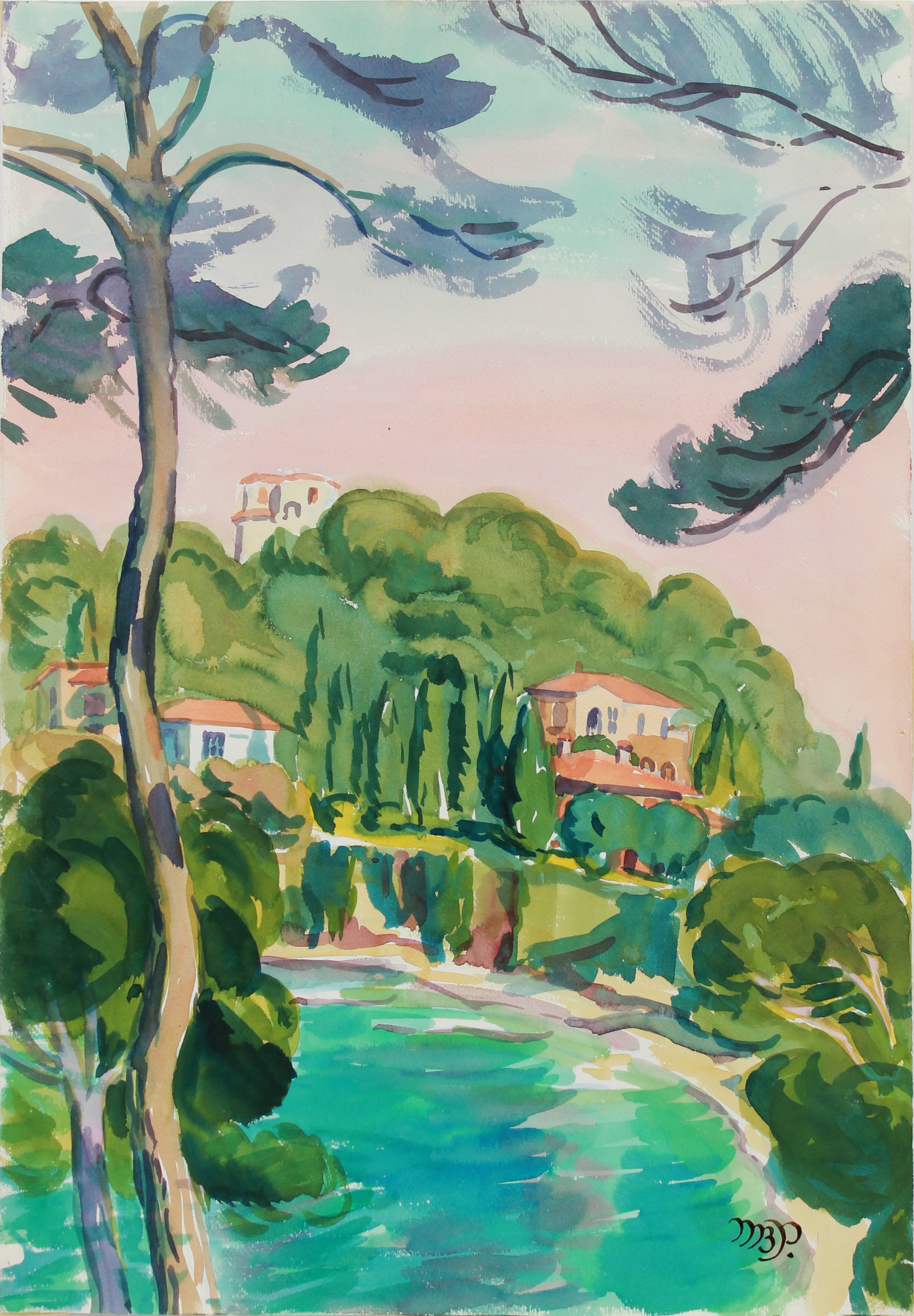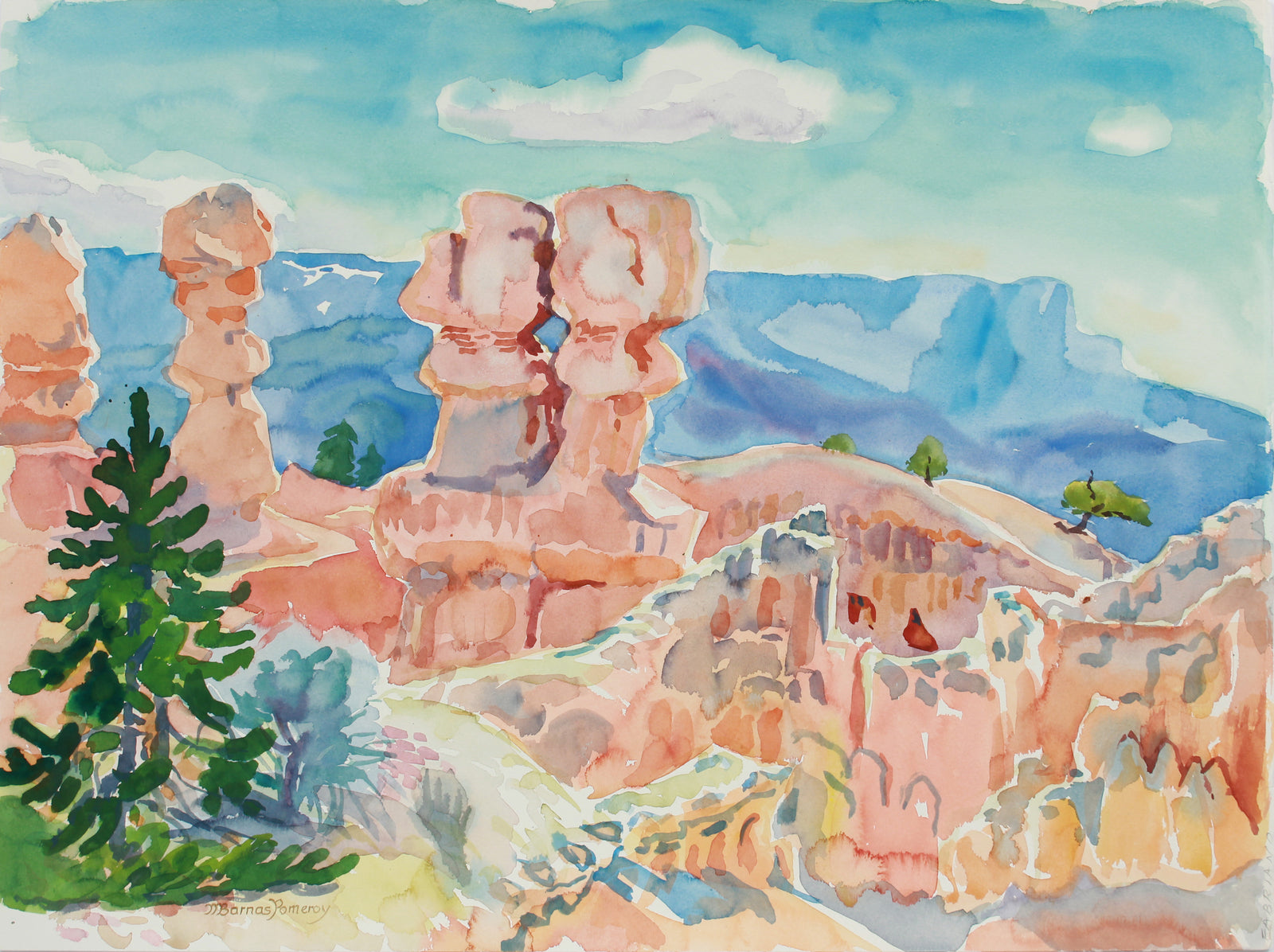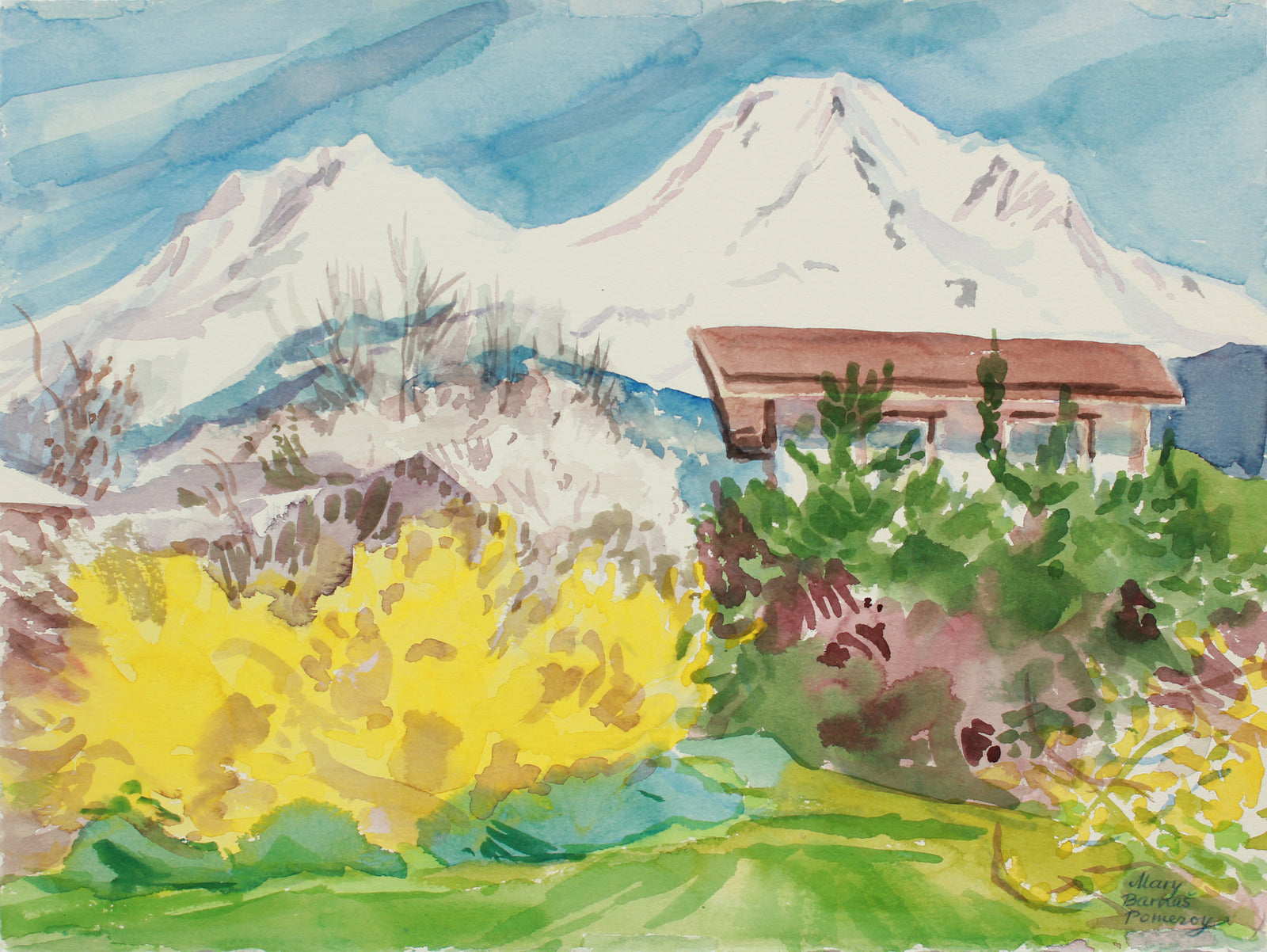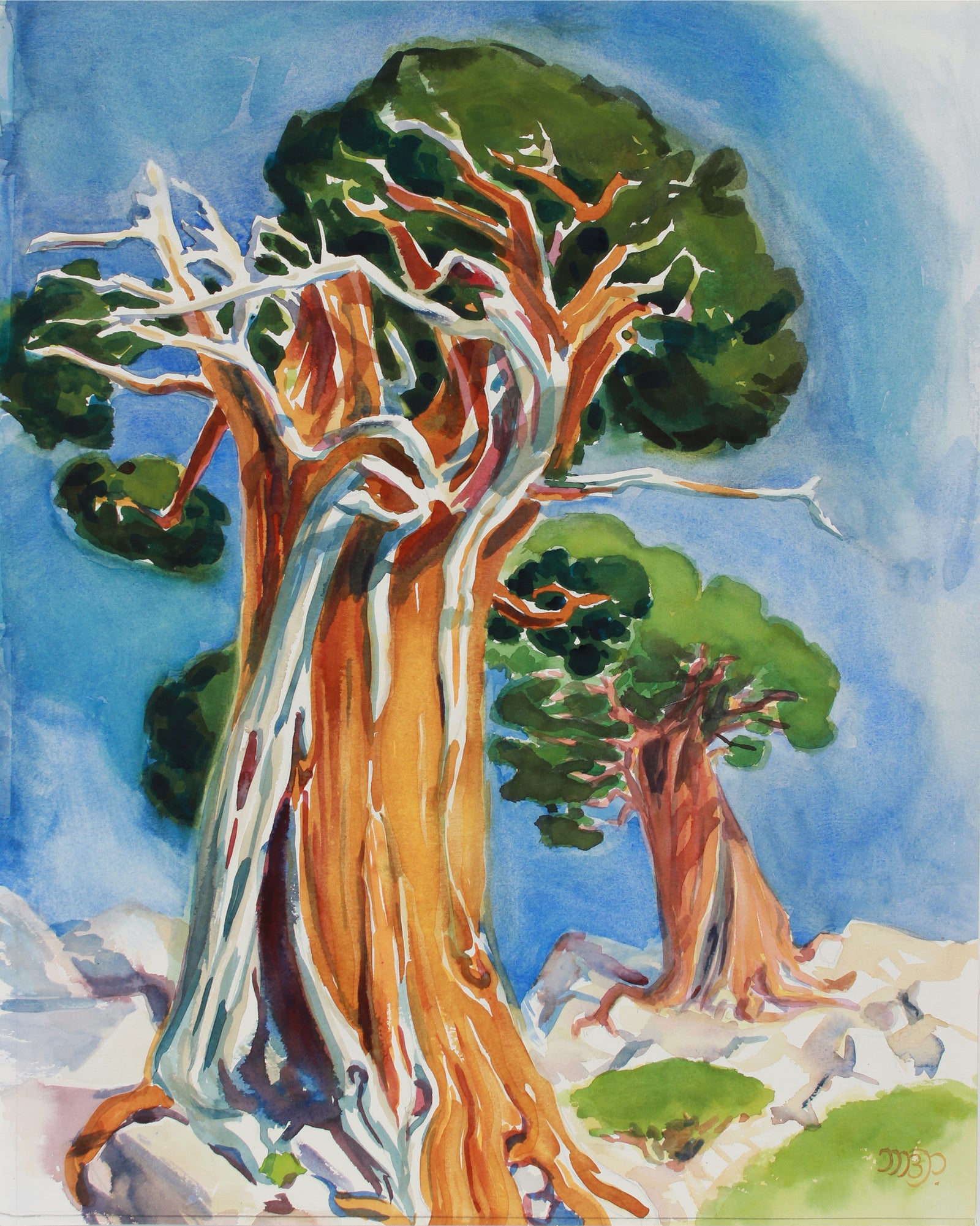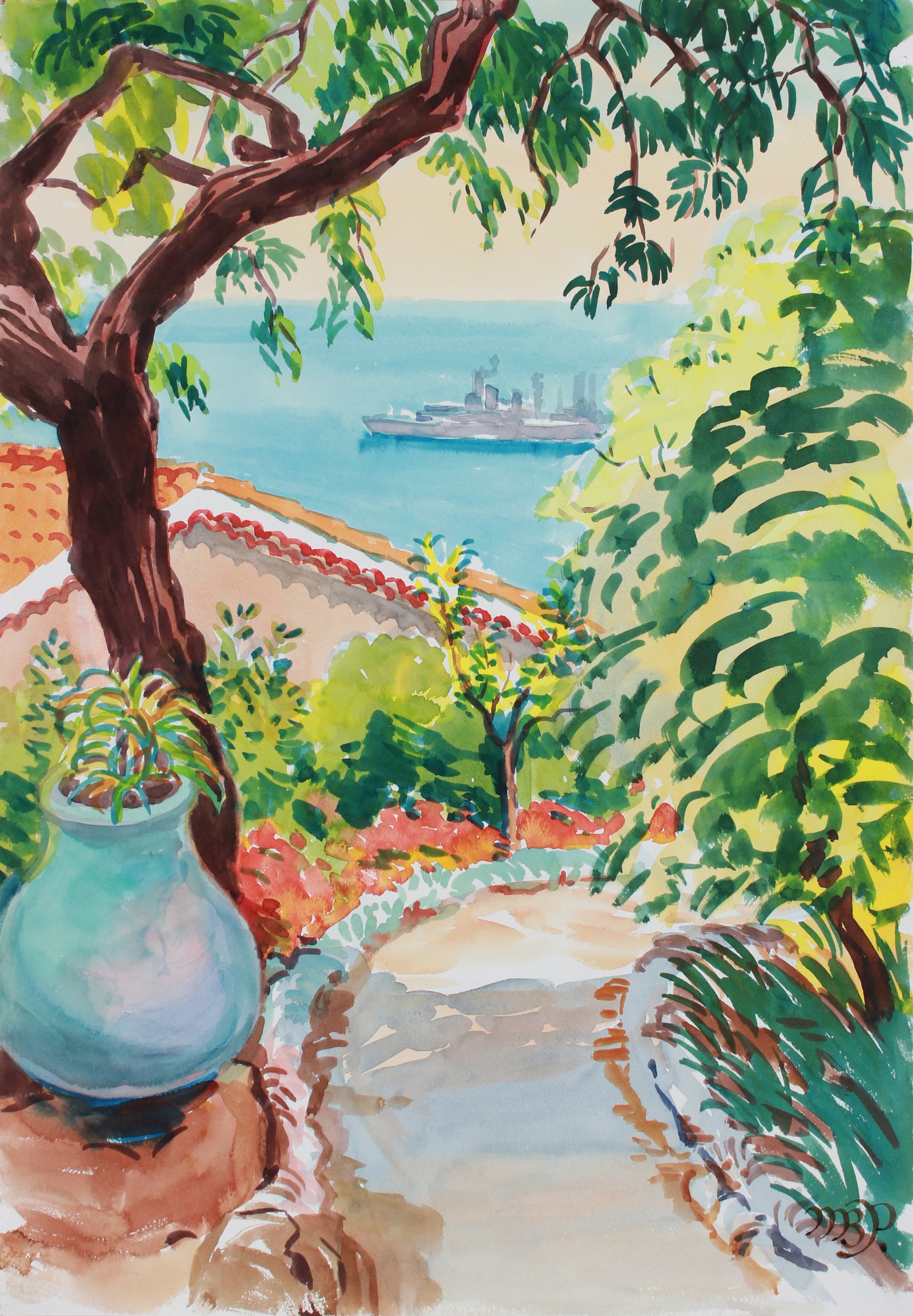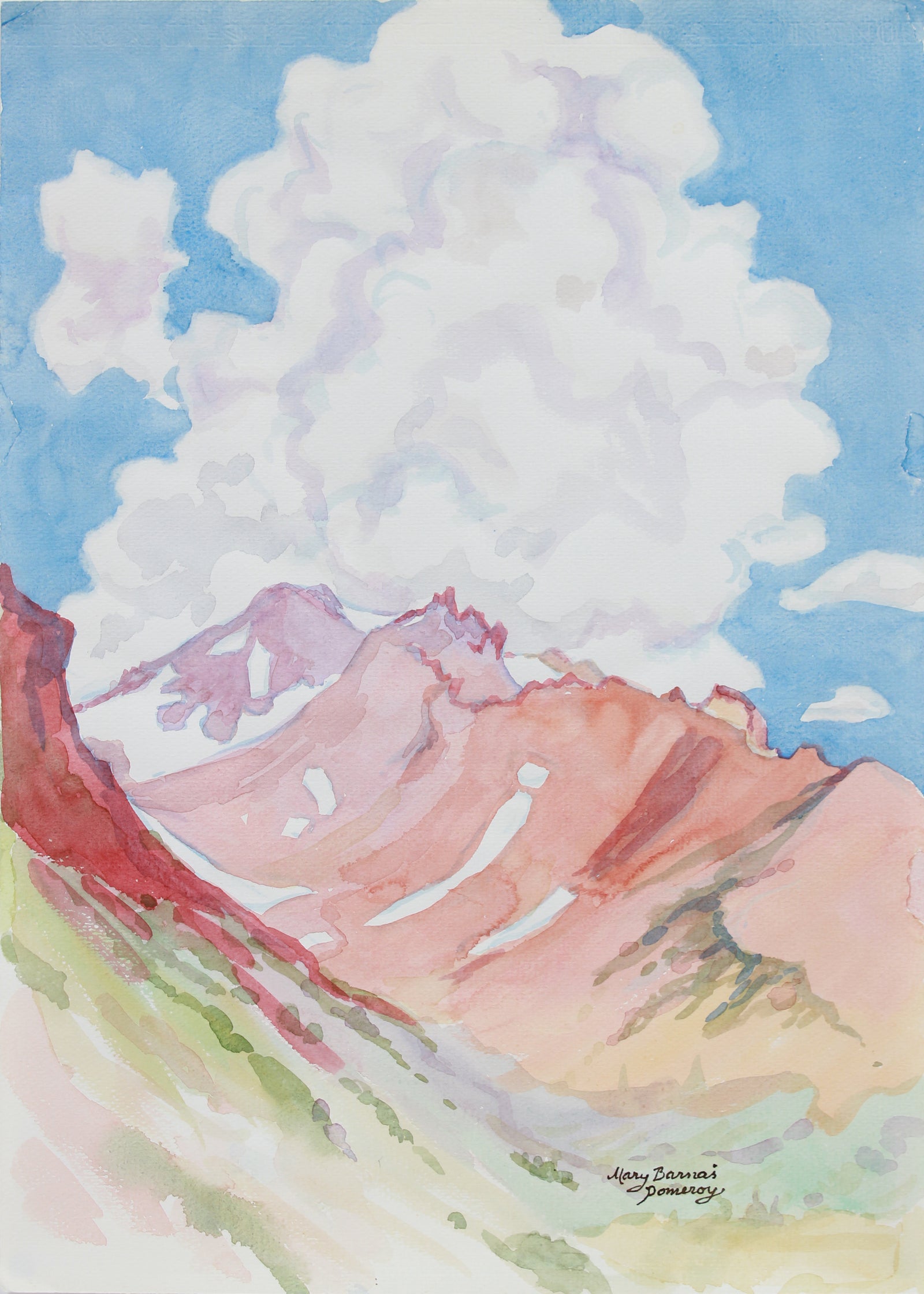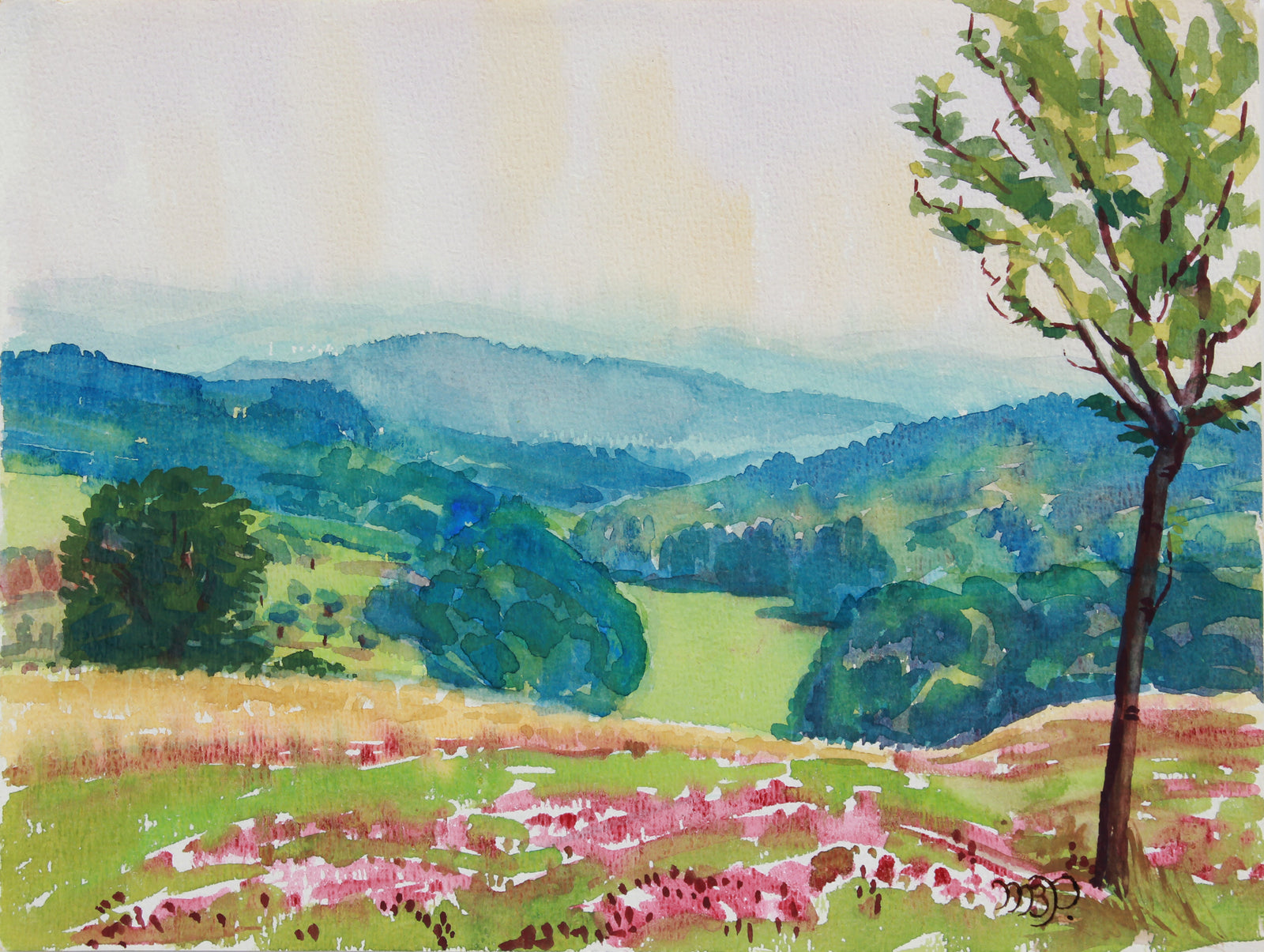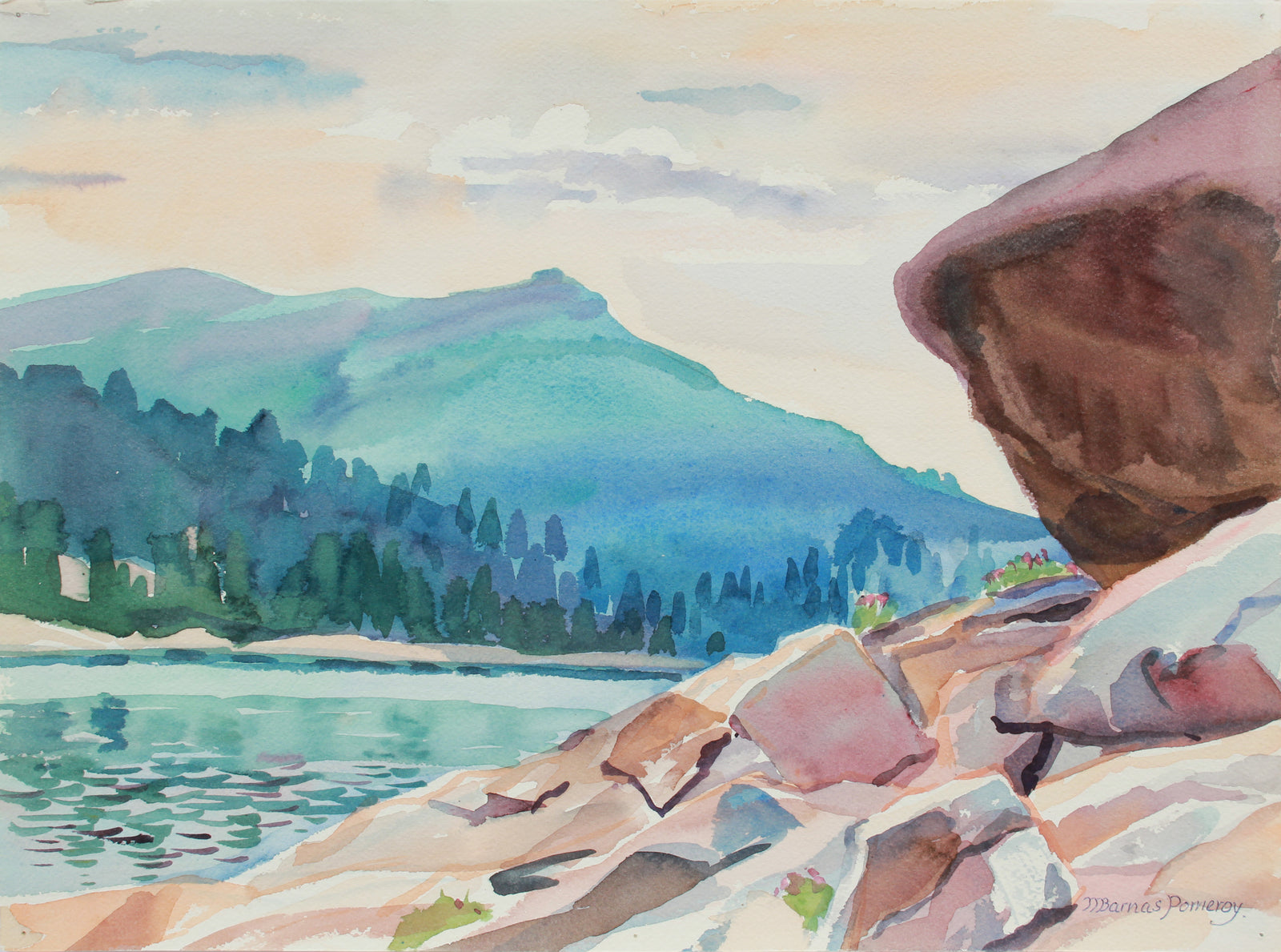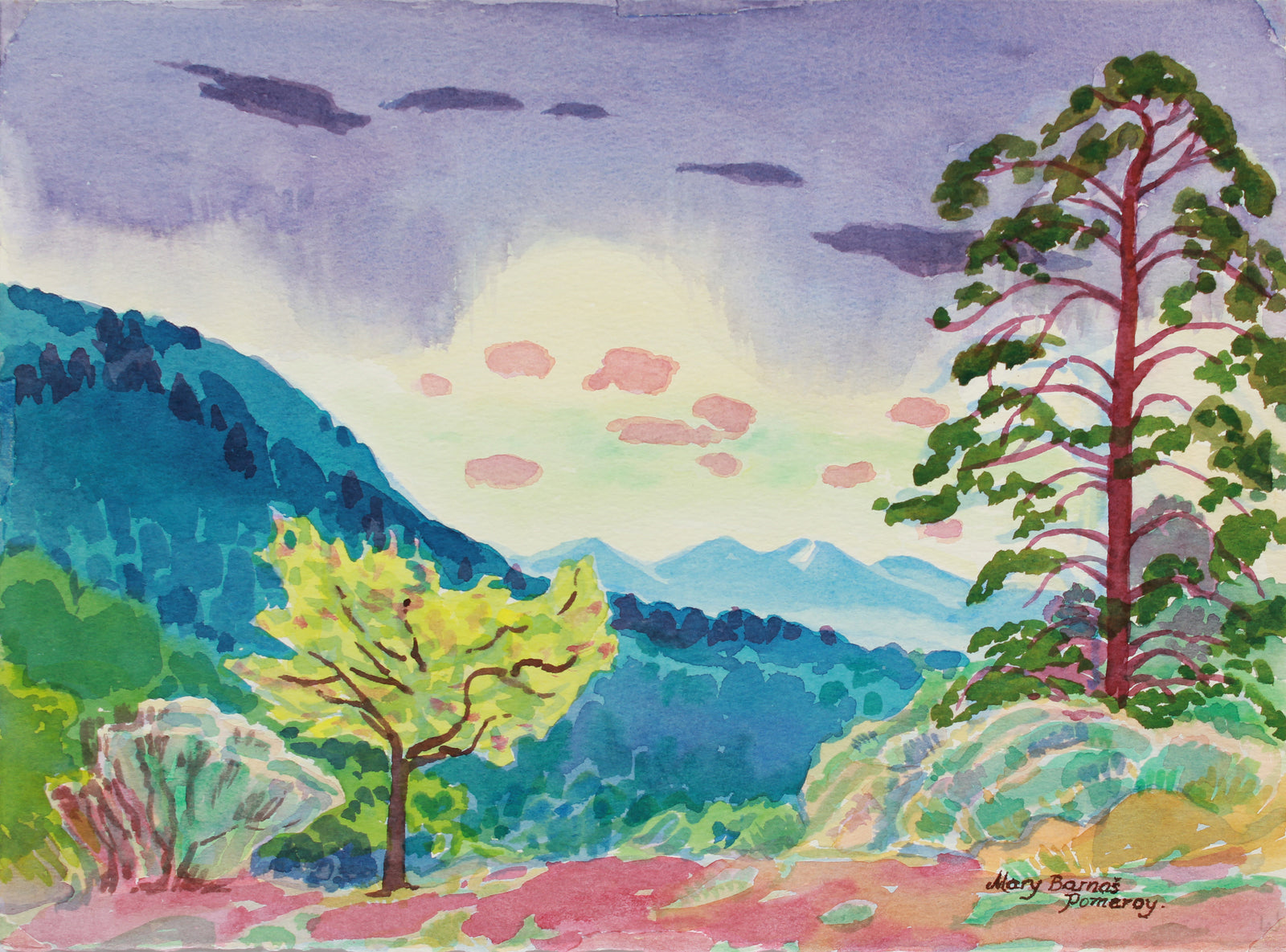Our Year End Sale Starts In:
Our Year End Sale Starts In:
day
hrs
min
sec
Explore | Collect | Design

Mary Pomeroy
| Previous Artist | Next Artist |
Mary Pomeroy (1921-2010)

-
 Mary Barnas Pomeroy (1921-2010) was a German-born California painter. She was a published botanical illustrator in Quito, Ecuador, where she lived and studied until 1946. Pomeroy studied Painting at the Pennsylvania Academy of Fine Art from 1946-48 and worked as an illustrator at UC Berkeley before moving to Carmel Valley in 1956. She exhibited and traveled widely throughout the U.S., plein air painting in Carmel Valley, especially Soberanes Point, Point Lobos, the Sierra Nevada Mountains, and Pacific Grove, with her husband, Frederick Pomeroy.
Mary Barnas Pomeroy (1921-2010) was a German-born California painter. She was a published botanical illustrator in Quito, Ecuador, where she lived and studied until 1946. Pomeroy studied Painting at the Pennsylvania Academy of Fine Art from 1946-48 and worked as an illustrator at UC Berkeley before moving to Carmel Valley in 1956. She exhibited and traveled widely throughout the U.S., plein air painting in Carmel Valley, especially Soberanes Point, Point Lobos, the Sierra Nevada Mountains, and Pacific Grove, with her husband, Frederick Pomeroy.
Mary Barnas Pomeroy was born in Hessen, Germany in 1921. As a child she reveled in the natural wonder of the German countryside, accompanying her father, artist Carl Barnas, on painting treks through the countryside. She “began to draw as soon as I could manage a pencil and crayons,” completing small nature studies in oil as early as grade school. In 1934, the Barnas family moved to Prague to avoid supporting the growing Nazi regime. They stayed for two years and then settled in Quito, Ecuador in 1936.
Mary continued to practice drawing and painting in school and worked as an apprentice in her father’s studio. Carl Barnas had opened an art restoration business, beginning with artwork brought into the country by fellow emigrés, which led him to the restoration of monasteries, churches, and the collections of local government officials. Barnas also held a teaching position at the Escuela Nacional de Bellas Artes in Quito. Accompanying his colleagues from the science department, he and Mary traveled to remote parts of the Andean and Amazonian landscape to paint. It was on these trips that Mary developed a keen eye for detail and proportional accuracy. She began a project of producing life-sized botanical illustrations of nearly 200 wildflowers on Mount Pichincha, and had help identifying each species from the botanists at the University of Quito. This early study qualified her for further botanical illustration work, and she went on to become an illustrator for several large local companies, and for the Geology and Paleontology Departments of the University.
In 1946, Mary immigrated to the United States to study at the Academy of Fine Arts in Philadelphia, PA. She studied under Roy Nuse, Henry Pitz, Franklin Watkins, and Daniel Garber, and was awarded first prize in Animal and Anatomy drawing. Eager to see the natural sights of the American West, Mary moved to Berkeley, California in 1948. She began work in the University’s Botanical Department as an illustrator and had 300 detailed ink illustrations used in Herbert L. Mason’s book “A Flora of the Marshes of California”.
Mary met her husband, painter and teacher Frederick Pomeroy, in Pacific Grove and they married in 1953. They settled in Carmel and a year later began building their dream home and art studios in the lush Carmel Valley. Next to the Carmel River, amid the wildflowers and oak-covered hills they raised two daughters, Flora and Anne, while Frederick taught art at a local elementary school. Mary continued her art practice, painting rich landscapes and botanical oils of their home and the surrounding Valley.
Mary exhibited throughout the U.S., including solo shows at the San Francisco Academy of Sciences (c. 1948), the Pacific Grove Museum of Natural History (1969, 1979, & 1987), and the Carmel Foundation (1982). She was included in three International Exhibitions of Botanical Art and Illustration in Pittsburgh in the 1960s and 70s. Mary was honored to have her paintings of local wildflowers published as a monthly calendar in 1985, and enjoyed working on such series throughout her career.
Mary and Frederick took many painting trips throughout California, hiking and plein air painting side by side. Many of their watercolors in the Lost Art Collection were done on such trips, often resulting in two versions of a given vista, with each honoring their own style and palette preferences. Mary liked to experiment and find new ways of improving her techniques, following the advice of her father to “just go out there and paint, paint anything at all! It is the doing that teaches you more than any instructor.”
Mary Barnas Pomeroy’s work can be found in the permanent collections of the University of California, Berkeley, Carnegie-Mellon University, and the Hunt Institute for Botanical Documentation, among others.
Northern California Shore Study
20th Century Watercolor
#C4910 Mary Pomeroy (1921-2010) Sold $750
20th Century Watercolor
#C4910 Mary Pomeroy (1921-2010) Sold $750
Sold
Morning on the Rim of Bryce Canyon
May 1983 Watercolor
A9964 Mary Pomeroy (1921-2010) Sold $465
May 1983 Watercolor
A9964 Mary Pomeroy (1921-2010) Sold $465
Sold
Subscribe
Sign up to learn about new collections and upcoming events



 Mary Barnas Pomeroy (1921-2010) was a German-born California painter. She was a published botanical illustrator in Quito, Ecuador, where she lived and studied until 1946. Pomeroy studied Painting at the Pennsylvania Academy of Fine Art from 1946-48 and worked as an illustrator at UC Berkeley before moving to Carmel Valley in 1956. She exhibited and traveled widely throughout the U.S., plein air painting in Carmel Valley, especially Soberanes Point, Point Lobos, the Sierra Nevada Mountains, and Pacific Grove, with her husband, Frederick Pomeroy.
Mary Barnas Pomeroy (1921-2010) was a German-born California painter. She was a published botanical illustrator in Quito, Ecuador, where she lived and studied until 1946. Pomeroy studied Painting at the Pennsylvania Academy of Fine Art from 1946-48 and worked as an illustrator at UC Berkeley before moving to Carmel Valley in 1956. She exhibited and traveled widely throughout the U.S., plein air painting in Carmel Valley, especially Soberanes Point, Point Lobos, the Sierra Nevada Mountains, and Pacific Grove, with her husband, Frederick Pomeroy. 




